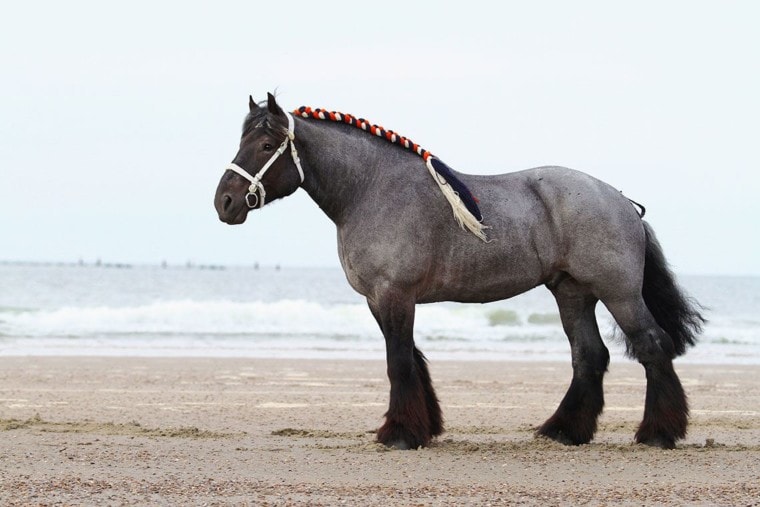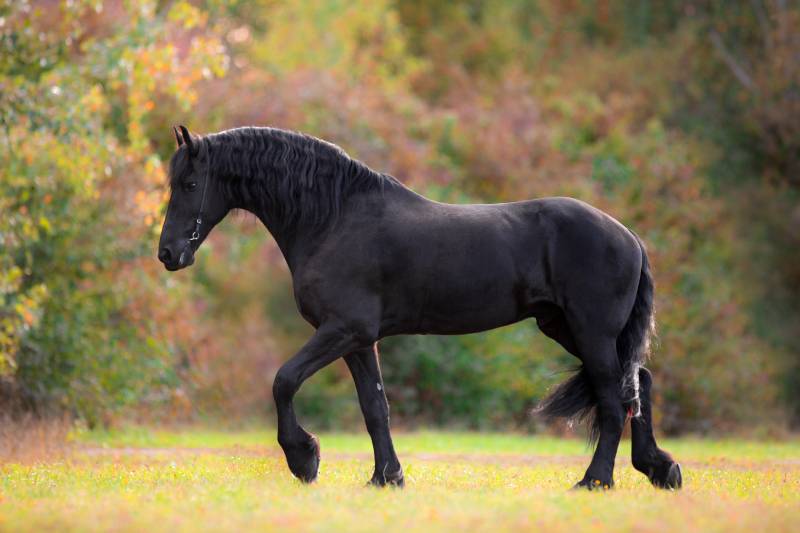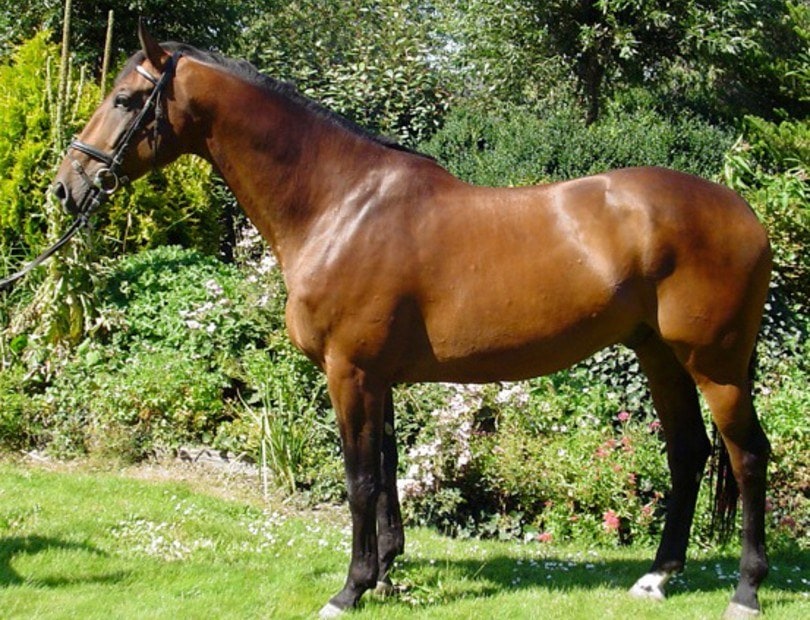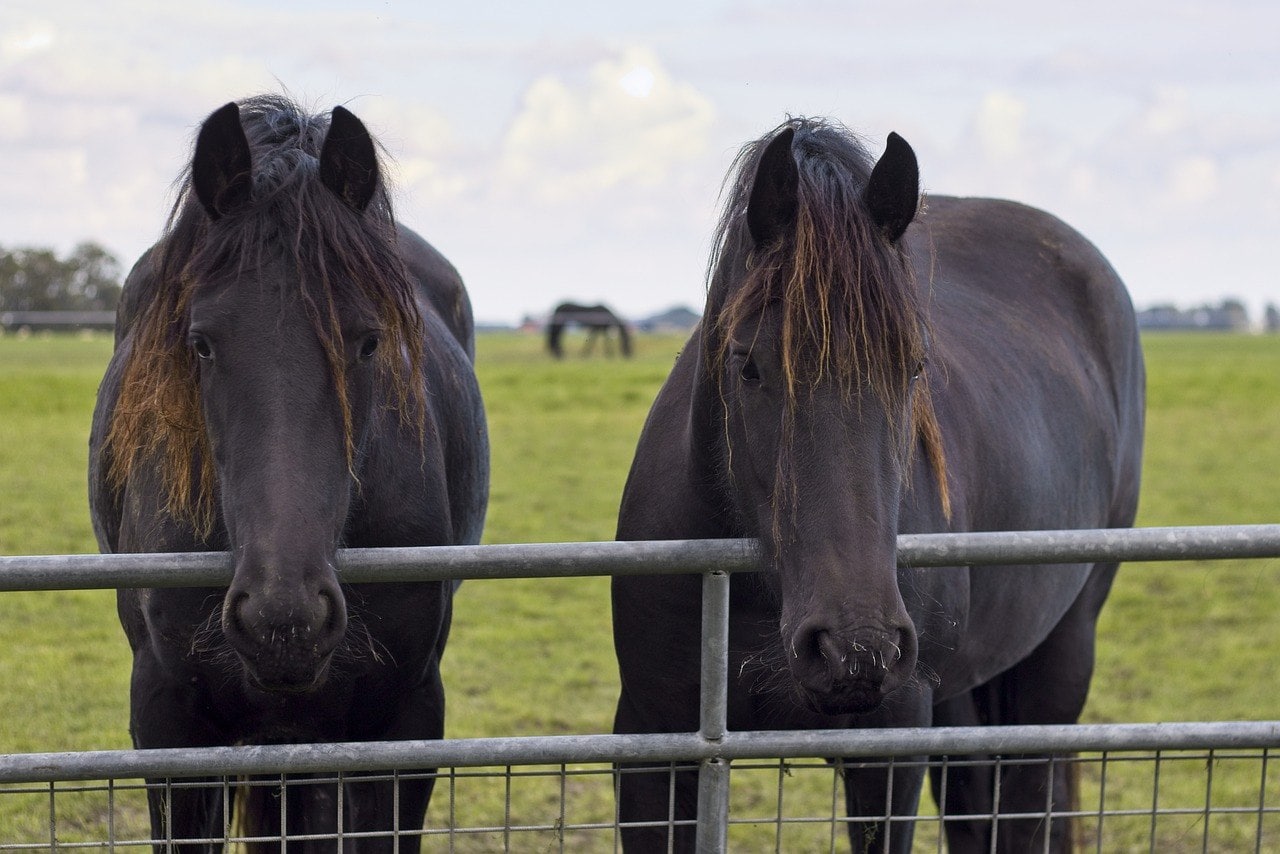
The Dutch are renowned for their wizardry with horses. For centuries, Dutch horses have been used to improve other horse breeds, due to their superior genetics. In fact, most modern breeds can trace part of their lineage to the Netherlands.
It is believed that the Dutch began horse breeding as early as the 4th century, which explains why they are so good at it. Interestingly, each province had a signature breed. The primary motivation for this practice was to develop working animals to be used on farms, hence why Dutch horses have a propensity for extreme strength and muscularity.
Unfortunately, the advent of mechanization in the agricultural sector in the 1950s meant that machines replaced horses in the fields, as they were more efficient and cheaper to maintain. As a result, the demand for Dutch horses went down drastically, with some breeds all but disappearing.
Fortunately, the rising popularity of equestrian sports and hobbies has seen Dutch horses making a comeback. The following are the Dutch horse breeds that you should know about.
The 7 Dutch Horse Breeds
1. The Arabo-Friesian

The Arabo-Friesian has interesting origins. They came about from the crossing of Arabian horses with the Friesian (a Dutch breed) during the Spanish invasion of the Netherlands in the late 16th century.
The Spanish conquistadors immediately took a liking to the lean, muscular, and graceful Friesian. They saw the potential for a super breed if they crossed the horse with Spanish horses with Arabian heritage. The Arabian horse is renowned for their next-level endurance.
Consequently, the conquistadors forced the locals to give up their Friesian mares to cross with Spanish stallions. The result was the Arabo-Friesian, an incredibly athletic horse. It is believed that the Arabo-Friesian is one of the ancestors of modern popular breeds, such as the Morgan and the Orlov Trotter.
During the 1960s, breeders began enhancing the Friesian using the Arabian. The goal was to enhance their lung and heart capacity and strength while retaining the Friesian’s physical characteristics.
As a result, the present-day Arabo-Friesian looks just like the Friesian, but with the Arabian’s toughness and endurance. Their smooth gait makes them popular pleasure horses.
2. The Dutch Draft

With an average height of 16 hands and an average weight of 1,650 pounds, the Dutch Draft is a sight to behold. This massive horse bears a striking appearance to the colossal Belgian Draft and with good reason, as the Belgian Draft was used to make the Dutch Draft. Other horses used to make this breed include the Ardennes and the Zeeland.
The largest of all Dutch horses, the Dutch Draft was created to help with heavy farm work. Unfortunately, they were one of the breeds affected by mechanization. Fortunately, their numbers are stable today.
Despite being a giant of a horse, the Dutch Draft has an exceptionally quiet disposition. They typically come in bay, grey, chestnut, or black.
3. The Dutch Harness

Also known as the Tuigpaard, this horse is a variation of the Dutch Warmblood and is meant to be a harness horse. Nonetheless, even among warmbloods, the Dutch Harness is exceptionally spirited.
Since Dutch Harness horses were bred to be harness horses, they were originally used for farm work. However, they were also a sign of prestige, with wealthy farmers often using them as their go-to horses for town visits. Even today, the Dutch Harness remains one of the most popular horses in the Netherlands.
The Dutch harness is a large animal, averaging a height of 16.2 hands. They come with a high-set neck, long and powerful shoulders, and a long back. Coat colors include bay, black, chestnut, cream dilutions, pinto, and roan.
This breed is good-natured and loves being active. Today, the Dutch Harness is used mainly as a riding and competition horse.
4. The Dutch Warmblood

The Dutch Warmblood is a beautiful and athletic breed that is the result of crossing the Gelderlander and the Groningen, which are both native to the Netherlands.
The Dutch Warmblood was bred to be a competition horse. The Gelderlander was selected for their reputation as a great forehand, while the Groningen was utilized due to being powerful under saddle. The breeders also threw in a dash of the Thoroughbred for stamina and courage.
The result was a lean, muscular, intelligent, and exceptionally agile animal that we know as the Dutch Warmblood. They can come in either bay, black, gray, or chestnut. They average a height of 16 hands and have an even temperament.
5. The Friesian

The Friesian is one of the oldest horse breeds in the world, with a history dating as far back as 150 A.D. These horses are thought to be some of the founding breeds of the “Old English Black,” which in turn, is an ancestor to the Fell Pony and the Shire horse.
Despite the Friesian’s striking appearance and flashy movements, it is used mainly as a farm animal. However, their natural attributes make Friesians great show and performance animals. In the past, they were used as military mounts due to their high intellect, courage, and ruggedness.
The Friesian sports an arched neck, powerful slanting shoulders, a strong back, and a flowing mane and tail. Seemingly aware of their beauty, Friesians have an air of grace about them. This beautiful horse stands about 15 hands tall and typically comes in black.
The Friesian is intelligent and loves being put to work.
6. The Gelderlander

Native to the Gelderland province in Holland, the Gelderlander was a remarkable carriage horse that also doubled as a show animal due to their athleticism. Unfortunately, active breeding of the Gelderlander ceased in the 1960s, as breeders looked to use them to make an even superior horse: the Dutch Warmblood.
The good news is that all of the Gelderlander’s attributes have been passed on to the Dutch Warmblood.
7. The Groningen

The Groningen is native to the Groningen province. This horse came about from crossing the Oldenburg with the East Friesian. However, there is a possibility that some other breeds were also used.
Nonetheless, the result was a gorgeous horse with great endurance, stylish movements, and a charming disposition. It is for those reasons that the Groningen was selected to help create the Dutch Warmblood.
Like the Gelderlander, active breeding of the Groningen all but ceased when breeders started directing their efforts toward the Dutch Warmblood. Fortunately, you can still find this horse in the Dutch Warmblood studbook.
Conclusion
Dutch horses are coveted all over the world for their supreme attributes—from farm work to shows and athletic events, they can do it all. Which of these breeds fascinates you the most? Let us know!
Featured Image: navatu, Shutterstock








